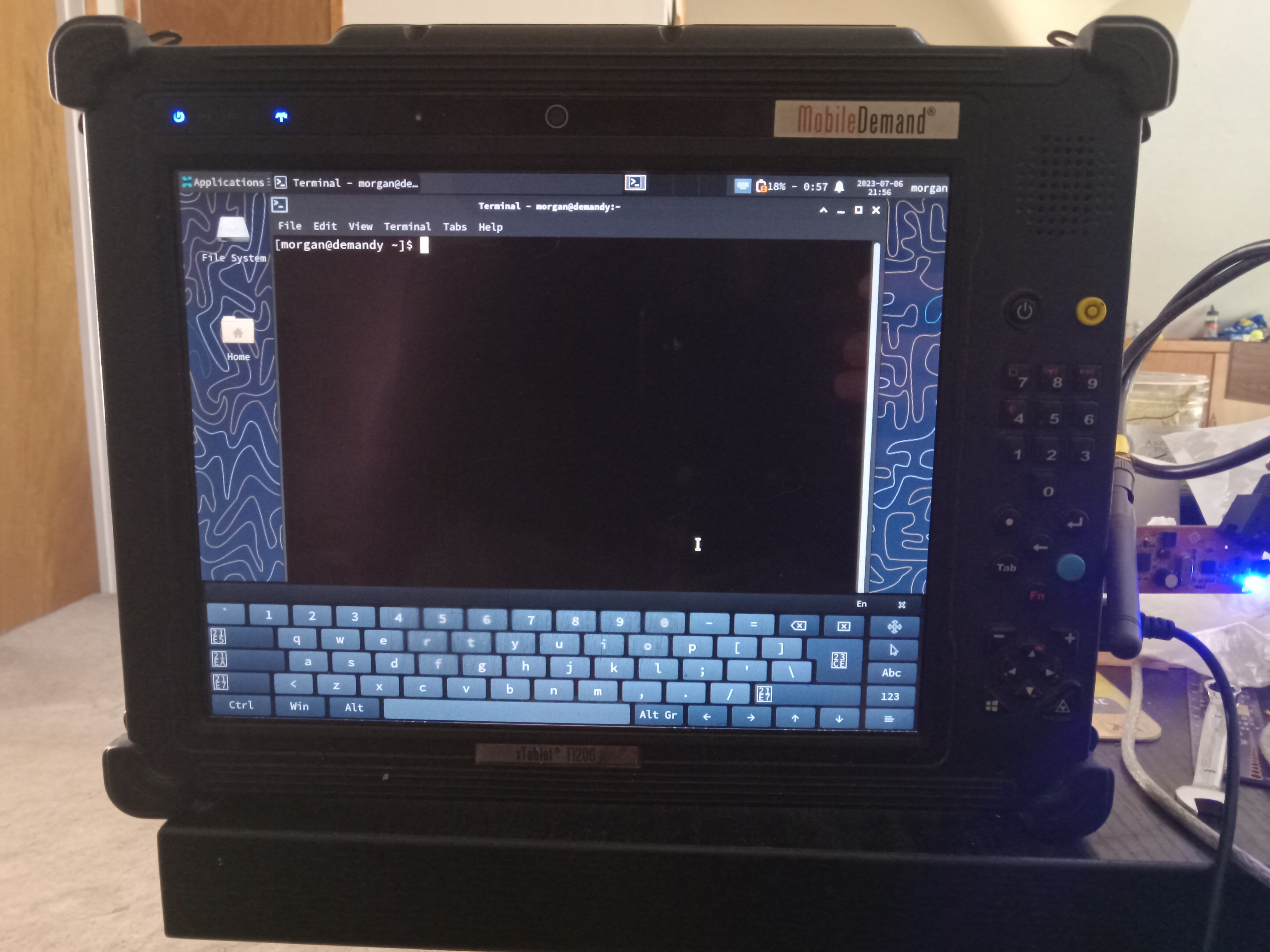The Barback was a smashing success for fact it was banged out over little more than a weekend hackathon.
It’s been to dozens of parties, served countless cocktails and has been on several bike rides. It’s never
been recharged, the straps are falling off, in addition to always having been a bit janky, and the code
has barely been updated. So it’s time for Barback V2.
I’ve been working the design for V2 for quite a while but never felt ready enough to move onto CAM. The
whole thing is designed in FreeCAD, using a combination of Part Design workbench and Assembly 4. This
combo works really well for my design and fabrication style. All my parts are ‘flat pack’ designed, where
everything is oriented the same way, as if it will be cut from plywood…. because it is going to be cut
from plywood.



